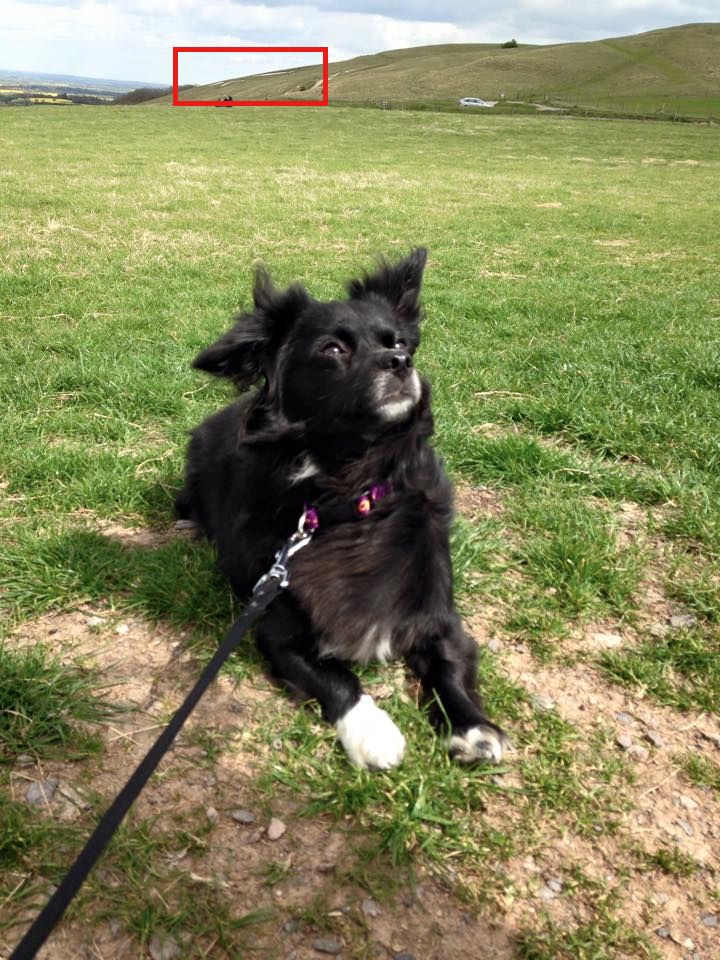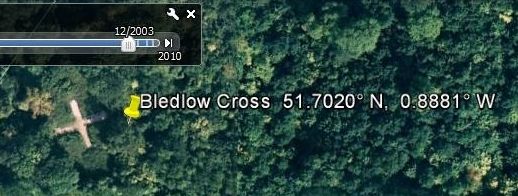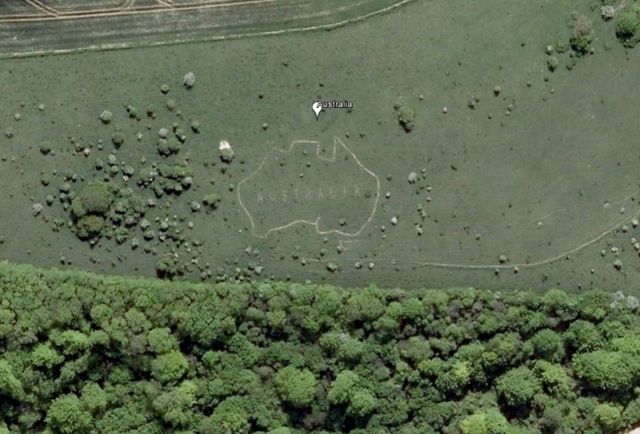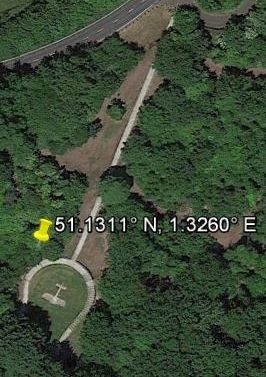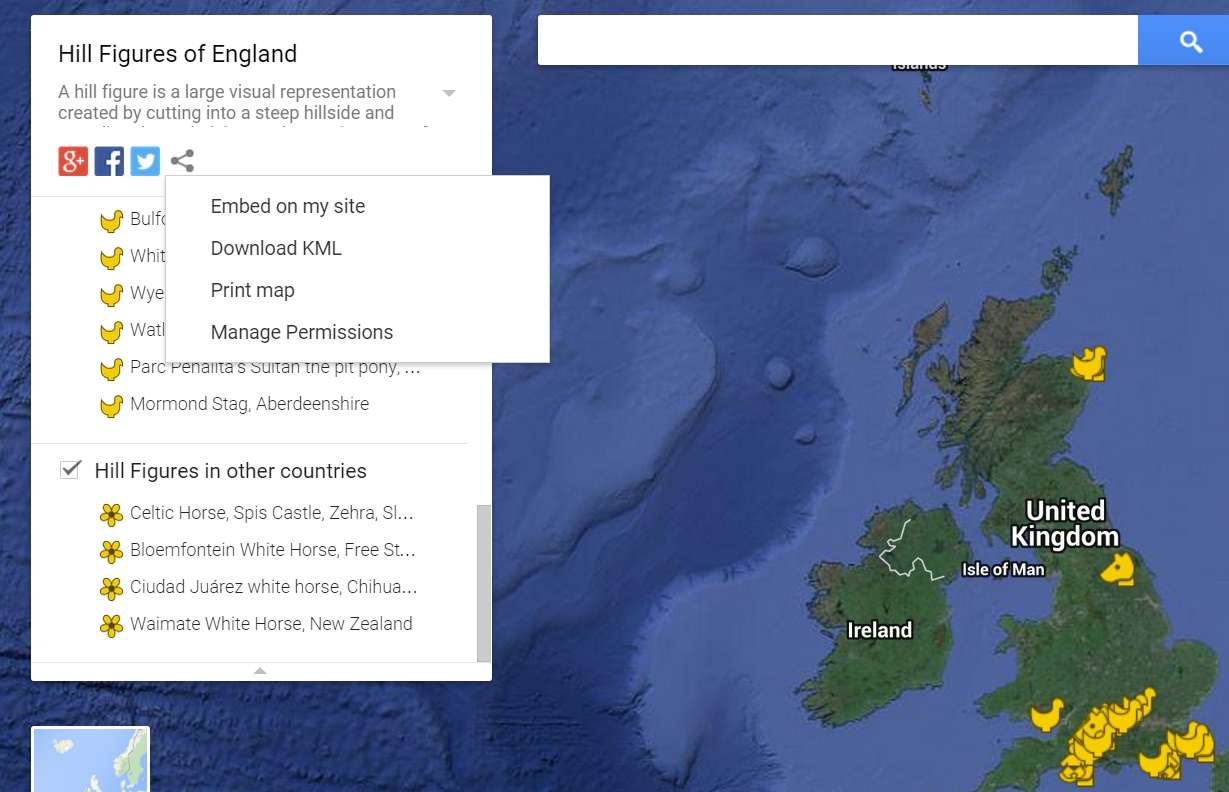Post by BeadieJay on Mar 26, 2015 16:44:31 GMT
A hill figure, which is an outline of a horse, human, or other design, is cut into the turf of a hill, usually in the chalk downs of southern England. The oldest of these (the White Horse at Uffington, in Oxfordshire) is prehistoric.
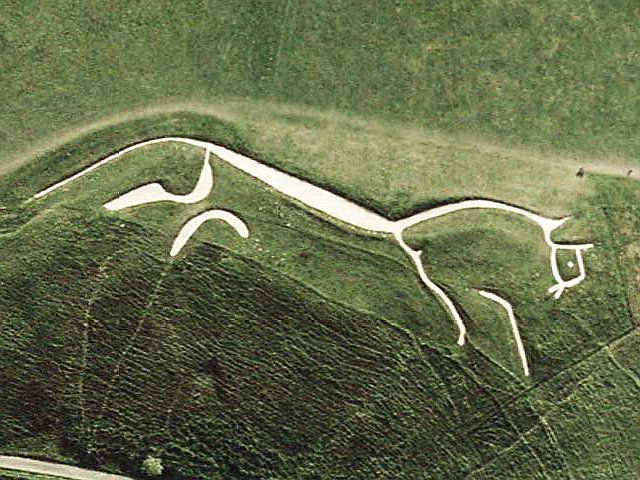
It is a type of geoglyph usually designed to be seen from afar, rather than from above. In some cases trenches are dug and rubble, made from material brighter than the natural bedrock, is placed into them. The new material is often chalk, a soft and white form of limestone, leading to the alternative name of "chalk figure" for this form of art.
White horses and hill figures are among the most interesting features of the chalk downlands. Some of these figures can trace their roots back to the Celts.
The Celts first came to Britain in 500BC bringing with them their style of pagan worship. The Celts thought of their gods as giants and portrayed them as such. Many of these huge figures of men and horses can still be seen on many grassy hills in Britain.
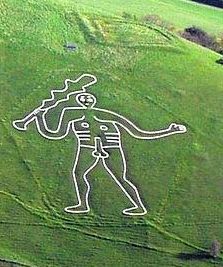
The most famous of these is the Cerne Abbas Giant which is cut into the hillside above the village of Cerne Abbas near Dorchester in Dorset. The figure is over 180 feet high and his 'virility' is very obvious! During Roman Times he was identified as Hercules and associated with a fertility cult, or Priapus Worship, revived by Emperor Commodus in the late 2nd century AD.
Hill figures must be maintained by the removal of regrown turf. Only those that are regularly looked after will survive. More than 100 people helped to re-chalk the Uffington White Horse in May 2014. Watch this interesting video to see the volunteers in action here
In England there are at least fifty landscape figures, the majority of which are in the south. A few lost figures can sometimes be photographed with appropriate filters, in optimum lighting, often at times of severe drought or snow covering, to bring out features no longer normally visible. Others are lost for ever.
Hill figures can also be found around the world, like this one in Slovakia

If you know of any that I have missed, and would like to add them to the map, just ask here and I will give you permission to edit my map (or I can do it for you)
Links:
en.wikipedia.org/wiki/Hill_figure
www.bbc.co.uk/news/uk-england-oxfordshire-27259585
Additional information taken from www.historic-uk.com/CultureUK/Chalk-Hill-Figures/

It is a type of geoglyph usually designed to be seen from afar, rather than from above. In some cases trenches are dug and rubble, made from material brighter than the natural bedrock, is placed into them. The new material is often chalk, a soft and white form of limestone, leading to the alternative name of "chalk figure" for this form of art.
White horses and hill figures are among the most interesting features of the chalk downlands. Some of these figures can trace their roots back to the Celts.
The Celts first came to Britain in 500BC bringing with them their style of pagan worship. The Celts thought of their gods as giants and portrayed them as such. Many of these huge figures of men and horses can still be seen on many grassy hills in Britain.

Cerne Abbas Giant
The most famous of these is the Cerne Abbas Giant which is cut into the hillside above the village of Cerne Abbas near Dorchester in Dorset. The figure is over 180 feet high and his 'virility' is very obvious! During Roman Times he was identified as Hercules and associated with a fertility cult, or Priapus Worship, revived by Emperor Commodus in the late 2nd century AD.
Hill figures must be maintained by the removal of regrown turf. Only those that are regularly looked after will survive. More than 100 people helped to re-chalk the Uffington White Horse in May 2014. Watch this interesting video to see the volunteers in action here
In England there are at least fifty landscape figures, the majority of which are in the south. A few lost figures can sometimes be photographed with appropriate filters, in optimum lighting, often at times of severe drought or snow covering, to bring out features no longer normally visible. Others are lost for ever.
Hill figures can also be found around the world, like this one in Slovakia

If you know of any that I have missed, and would like to add them to the map, just ask here and I will give you permission to edit my map (or I can do it for you)
Links:
en.wikipedia.org/wiki/Hill_figure
www.bbc.co.uk/news/uk-england-oxfordshire-27259585
Additional information taken from www.historic-uk.com/CultureUK/Chalk-Hill-Figures/




